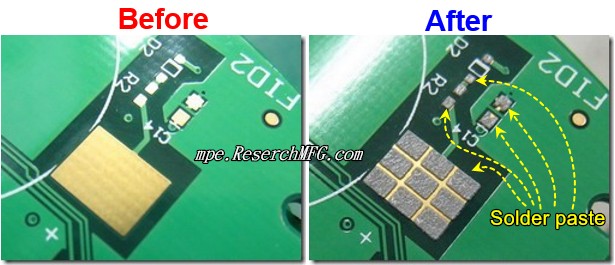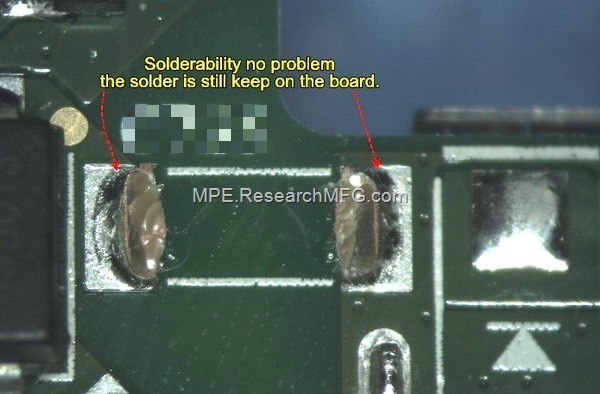
What is the IMC, the Intermetallic Compound? We always heard the manufacturing engineer or some of Mechanical Engineer and EE talking about this keyword when discussing soldering quality or electronic component drop issue. So, what is the role of IMC layer in soldering? Does the IMC layer affect soldering strength and solderability? What is the ideal IMC layer thickness?
The IMC is the abbreviation of Inter-Metallic Compound in the electronic manufacturing industry. The IMC usually grows between the solder alloy and Copeper (Cu) or Nickel (Ni) substrate for the Printed Circuit Board Assembly (PCBA). The IMC is neither a pure metal element nor alloy (Some expert think IMC is a kind of alloy). The IMC is a chemical compound that chemically combined by two or more elements. So, you may see the chemical formula of IMC like Cu6Sn5、Ni3Sn4、AuSn4 ,and so on.




 Recently one of my top manager ask to mount the shielding-can or call shielding-cover directly on the Printed Circuit Board to instead of mount the shielding-clip or call shielding-frame on the board first then cover the shieling-can. He said this “new process” is more cheap and can reach better RF (Radiation Frequency) performance. Also most of current popular cell phone board apply this solution.
Recently one of my top manager ask to mount the shielding-can or call shielding-cover directly on the Printed Circuit Board to instead of mount the shielding-clip or call shielding-frame on the board first then cover the shieling-can. He said this “new process” is more cheap and can reach better RF (Radiation Frequency) performance. Also most of current popular cell phone board apply this solution.